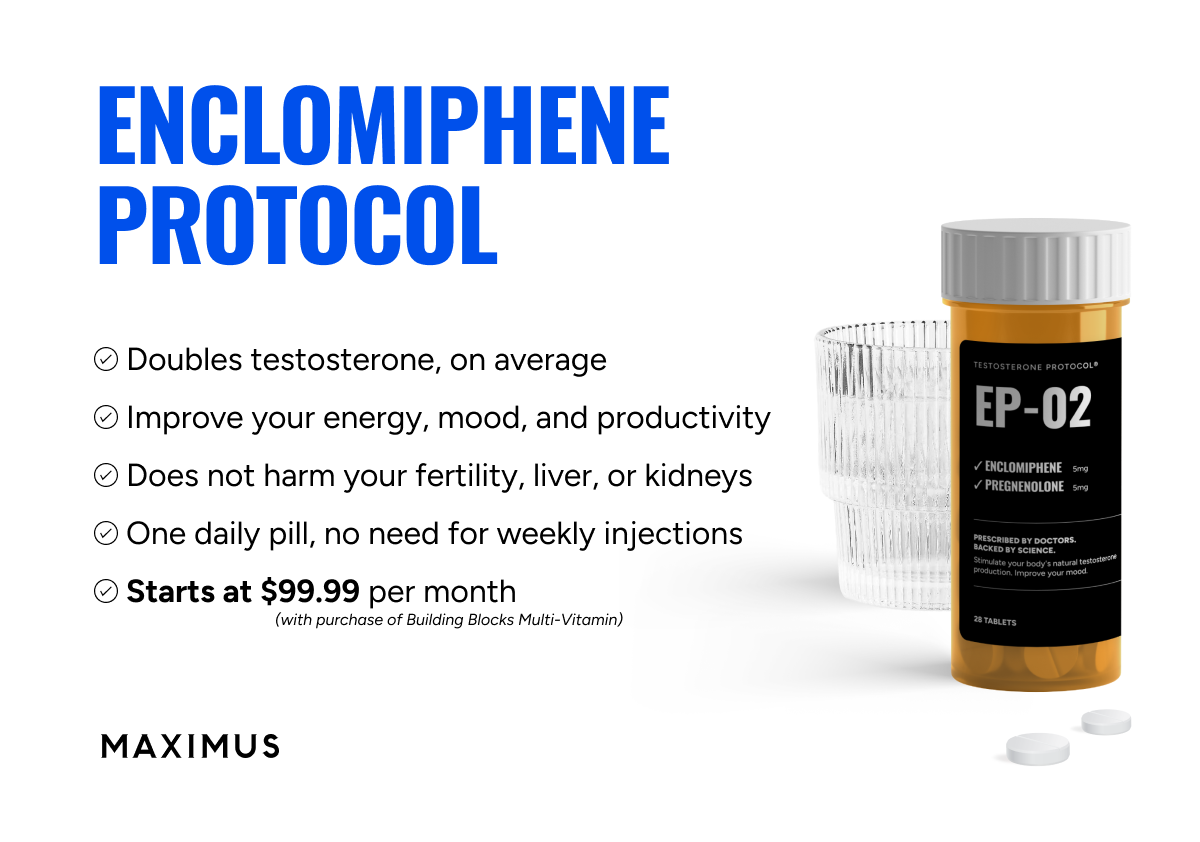Prof. Stuart Phillips, Ph.D. (McMaster University) ‘Mitochondrial Health: A key to Aging & Recovering Well' presentation at the American College of Sports Medicine (ACSM) annual meeting 2022.
2:40 - Sarcopenia: the age-related decline in muscle mass, strength, and function
4:41 - Declines in mitochondrial function: Hallmarks of metabolic dysfunction and aging
5:16 - Mechanisms of skeletal muscle mitochondria involvement in sarcopenia
6:36 - The mitophagy activator urolithin A is safe and induces a molecular signature of improved mitochondrial health
11:05 - Inactivity and disuse: when urolithin might exert an important effect?
13:20 - Mitigation of the decline in mitochondrial function attenuates disuse-atrophy and improves recovery
Urolithin A and its Impact on Muscle Health and Aging
Introduction
- Speaker’s Background:
An affiliation with the company began in 2012, prior to Dr. Singh’s involvement. Initially invited by Amazentis CEO, Chris Rinch, to Switzerland to review data on the lifespan-extending effects of Urolithin A (UA) in C. elegans and mice. At the time, the company was a small team of just four people. - Initial Skepticism:
As a human physiologist, initial doubts about the translatability of the findings were mitigated by the robust scientific approach taken by Amazentis. Commendable progress has been made in translating research "from molecule to product" with strong scientific backing.
Research Context
- Disclosures and Research Focus:
Funding comes from several agencies, and the presenter holds a patent unrelated to this work. The primary research focus is skeletal muscle and its response to aging, exercise, and disuse events such as bed rest or immobility. - Muscle Adaptation and Aging:
- Exercise vs. Disuse:
Muscle hypertrophy occurs with exercise, while atrophy follows periods of disuse or immobilization. - Sarcopenia and Age:
Sarcopenia begins affecting muscle mass and function around 57 years old, although the exact onset varies.- About 25% of individuals over 60, and 60% of those over 80, experience sarcopenia (based on the European Working Group’s definition).
- Key Insight: Sarcopenia might not be the primary issue. Instead, disuse events (e.g., hospitalization, illness) exacerbate the downward trajectory of muscle health.
- Exercise vs. Disuse:
Muscle Health, Aging, and the Role of Mitochondria
- Muscle Loss: A Multifactorial Process:
Influenced by hormonal changes, microcirculation, exercise, and nutrition. The mitochondrial theory of aging posits that damaged mitochondria accumulate over time, reducing muscle function. - Mitophagy and Aging:
- Mitophagy (the process of clearing damaged mitochondria) declines with age, leading to muscle dysfunction.
- Blocking necessary processes like mitophagy or protein breakdown results in further damage. About 80% of proteins may be damaged or misfolded without proper turnover.
Urolithin A: A Promising Mitophagy Agent
- Research Findings:
- Urolithin A (UA) improves mitochondrial function by enhancing mitophagy and reducing circulating acylcarnitines, a biomarker of mitochondrial inefficiency.
- Supplementation provides consistent benefits across age groups, overcoming gut microbiome variability.
- Drinking pomegranate juice alone is insufficient to achieve effective UA levels due to the microbiome's role in UA production.
- Functional Benefits:
- Studies have shown improvements in hamstring strength, VO2 max, and walking distance with UA supplementation. For older individuals, these changes are clinically significant despite modest percentages (e.g., 10–12% improvements).
- Safety and Efficacy:
UA has been shown to be safe, well-tolerated, and effective in improving strength and metabolic health.
Disuse Events and the Catabolic Crisis
- The Impact of Disuse:
- Events like hospitalization or surgery can lead to muscle loss that is difficult to recover from, particularly in older individuals.
- Recovery after disuse in younger individuals is often more complete than in older adults, who may experience irreversible declines.
- Catabolic Crisis:
- Concept: Coined by the late Dr. Doug Patton Jones, this refers to the accelerated muscle loss during disuse events.
- Trajectories: Older individuals often cannot fully recover muscle mass after such events, underscoring the importance of prehabilitation and targeted interventions.
Current and Future Research
- Trials and Findings:
- Ongoing collaboration with Nestlé Health Sciences and Amazentis involves trials in young individuals using disuse models like single-leg immobilization to test UA’s effectiveness.
- Prior studies using omega-3 supplementation during disuse demonstrated that mitochondrial health is crucial for maintaining muscle mass.
- Prehabilitation Strategies:
- Prehabilitation with UA supplementation before elective surgeries (e.g., knee replacements) may prevent muscle loss and support faster recovery.
- UA’s role as a mitophagy agent could be key to maintaining muscle function in aging populations.
Key Takeaways
- Urolithin A’s Mechanism:
- Acts as a pro-mitophagy agent, improving mitochondrial function by clearing damaged organelles.
- Overcomes individual differences in gut microbiota to ensure consistent benefits.
- Impact on Muscle Health:
- Clinically significant improvements in strength and metabolic markers for older adults.
- May be particularly effective in mitigating muscle loss during periods of disuse.
- Future Applications:
- UA shows promise as a prehabilitation and rehabilitation tool for elective surgeries and recovery from disuse events.
Conclusion
- Urolithin A represents a breakthrough in muscle health research, with potential to combat sarcopenia, improve recovery after disuse events, and enhance quality of life in aging populations.
Last edited by a moderator:














